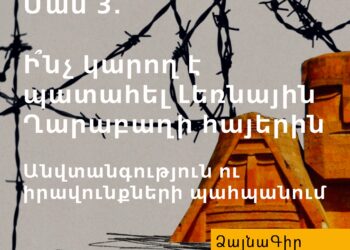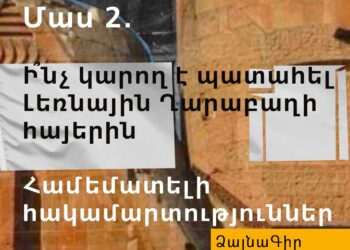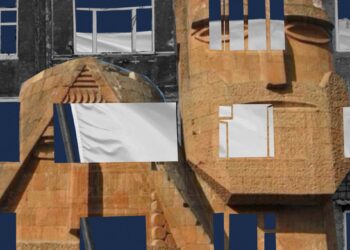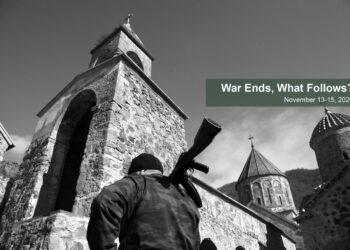Monologues: The Homes They Lost in Artsakh
“The story of the house began with a smile and ended with tears,” writes Yan Shenkman, a Russian journalist, who moved to Armenia after the war in Ukraine started. He compiled monologues from the Armenians of Nagorno-Karabakh for an upcoming exhibition about the homes they lost.


































































